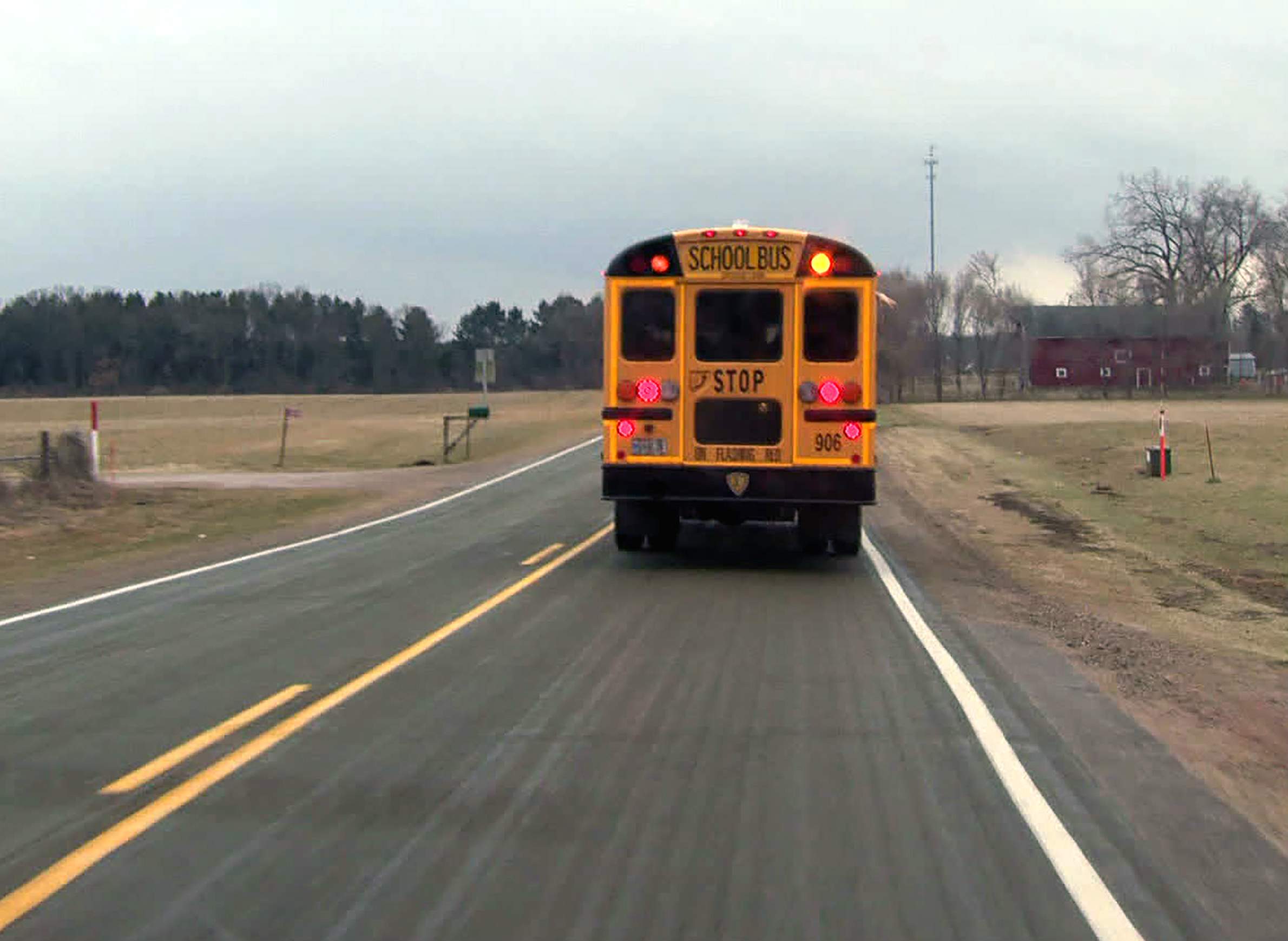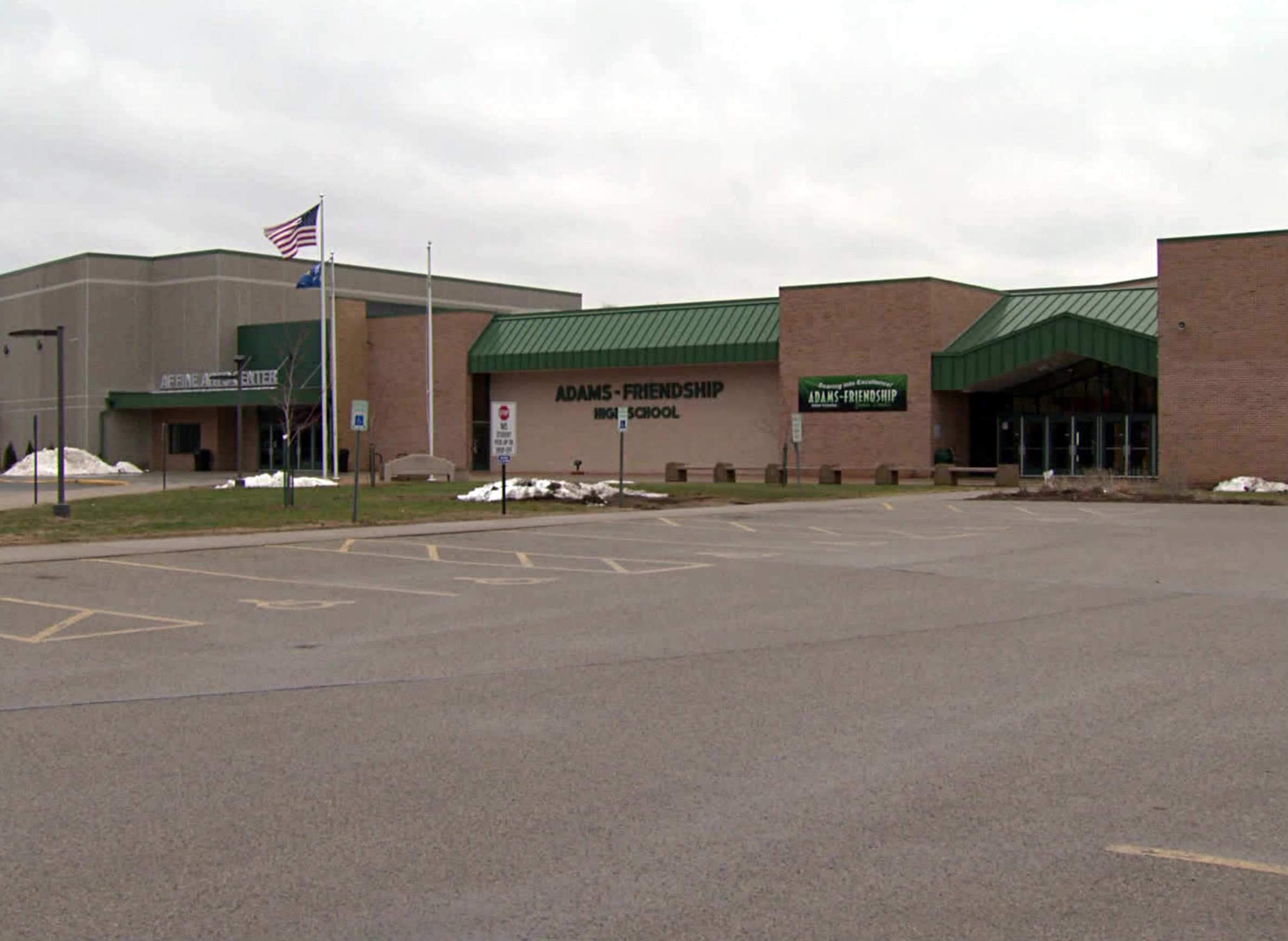
'Sparse' School Districts In Wisconsin Still Face Long-Term Uncertainty

As students returned to classes around Wisconsin, uncertainty among school districts that rely on state funding lasted right up through the end of the Legislature's much-prolonged biennial budget process. But before signing the state's 2017-19 budget, Gov. Scott Walker used his very specific veto powers 99 times.
One stroke of the governor's pen eliminated a provision that would have allowed some rural school districts to increase their per-pupil spending with a combination of state aid and new property tax revenues, essentially raising some revenue limits for these districts. When unveiling his budget proposal over the summer, Walker touted its "historic investments" in Wisconsin public schools, though this funding boost for education follows many years of cuts.
Rural school districts will benefit from the budget's overall increases to education funding, but this particular veto disappointed some district administrators, particularly in places where enrollment is down and small numbers of students are spread out over large geographic areas.
"All of the news reports that our people had been informing us going into the signing of the budget was that there was a great chance that that revenue cap would be raised," said Jim Boebel, administrator of the Adams Friendship School District, in a Sept. 22, 2017 interview with Wisconsin Public Television's Here & Now.
"And then, boy, it started about a day before where we started hearing stories about there's potential that it will be vetoed out," he added.
It's been an anxious budget cycle for Adams Friendship. In March 2017, Boebel's predecessor, Rick Waski, explained to Here & Now that the state's funding formula for schools ends up working against that district.
The bulk of state aid to public schools is "per pupil" funding, which means less money for rural districts where fewer students are enrolling from year to year. The funding formula does have some mechanisms built in to help districts with declining enrollment and a broad geographic footprint — the latter is addressed by funding called as "sparsity aid" — but in the long run it's still a game of diminishing returns.
Boebel acknowledged that the 2017-19 state budget will help the Adams Friendship School District a bit in the short run.
"To be clear, we're ecstatic," he said. "The per pupil categorical increase of $200 this year, $204 next year, that is the best thing that we could hope for."
But the long-term problem remaining in place is that underneath that pupil-based funding boost, the state hasn't changed the underlying formula that determines the broader logic of school funding.
On paper, the Adams Friendship district has what the state considers high property values, largely thanks to the lakefront vacation properties in the area. But Boebel pointed out that 68 percent of his students live in poverty. Because Adams Friendship's roughly 1,600 students are spread across 482 square miles, it's expensive for the district to ensure transportation for them. And as enrollment declines, there may be fewer students who need to get from home to school and back, but the available funding inevitably is spread more thinly.
Even before Walker's vetoes, proposals that would have extended more aid to rural school districts died in committee.
One idea, recommended by the Department of Public Instruction and supported initially by the governor, would have made more schools eligible for sparsity aid. Under current state policy, a "sparse" school district enrolls 745 or fewer students and has less than 10 students per square mile. The proposal would have added another tier of eligible districts with up to 1,000 students. That addition wouldn't have helped Adams Friendship, though, which underscores how a school district's students can be quite spread out without being "sparse" enough to gain extra aid under the funding formula.
For now, Adams Friendship is already running budget deficits, making budget cuts, planning on more deficits in the future, and wondering what to do about its revenue prospects.
"We're doing everything we can to keep those cuts away from student learning in the classroom," Boebel said. "What it's going to force us to do is go to our taxpayers and ask for more funds."



